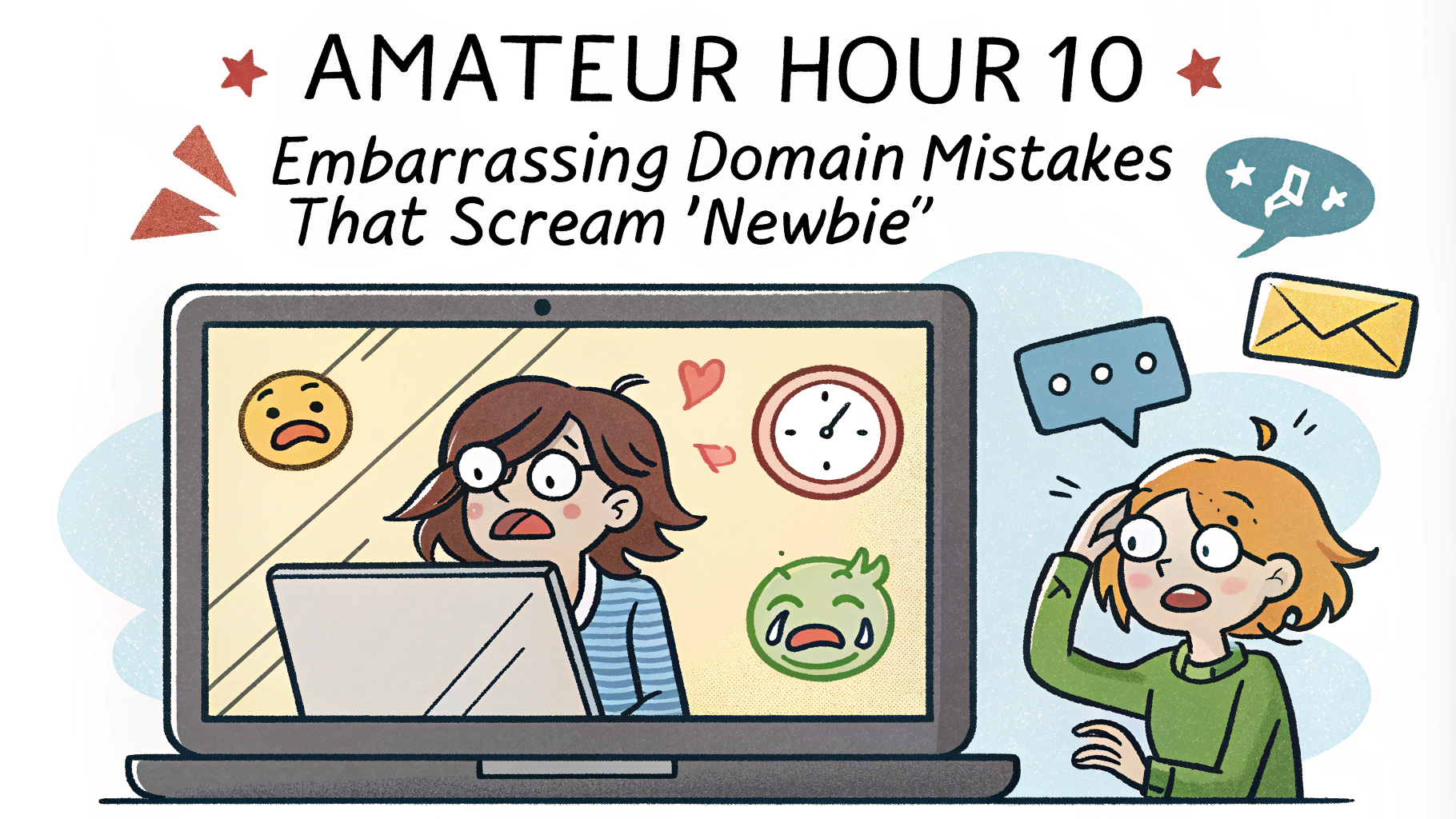Since the early days of the internet, .com has been the go-to domain extension for businesses and websites. This article explores why .com remains the top choice for many and when it might make sense to consider alternatives.
We’ll cover the benefits of .com domains, strategies for securing your ideal .com, and situations where other extensions might be a better fit. By the end, you’ll have a clearer understanding of how to choose the right domain for your online presence.
Why .com Dominates the Domain Landscape
Familiarity and trust are key factors in .com’s continued reign. When users see a .com domain, they instantly recognize it as a legitimate website.
Memorability is another advantage. People are more likely to remember and type in a .com address than other extensions.
- Example: “amazon.com” is easier to recall than “amazon.store”
- Brand recognition: Many well-known brands use .com (e.g., google.com, apple.com)
SEO benefits may also give .com domains an edge. While Google claims to treat all TLDs equally, some studies suggest .com domains perform slightly better in search results.
Strategies for Securing Your Ideal .com Domain
Finding an available .com domain can be challenging, but there are ways to increase your chances:
- Use domain generators: Tools like Nameboy or Panabee can suggest variations of your desired name.
- Add relevant keywords: Incorporate industry-specific terms (e.g., “techsolutions.com” instead of just “solutions.com”).
- Consider brandable names: Create unique, memorable names like “Zillow” or “Etsy”.
- Explore domain marketplaces: Check sites like Sedo or GoDaddy Auctions for pre-owned domains.
Tip: If your ideal .com is taken, consider reaching out to the owner. They might be willing to sell.
When to Consider Alternative Domain Extensions
While .com is often the best choice, there are situations where other TLDs might be more appropriate:
| Scenario | Recommended TLD | Example |
|---|---|---|
| Local business | .local or country-specific (e.g., .co.uk) | londonplumber.co.uk |
| Tech startup | .io or .ai | chatbot.ai |
| Non-profit organization | .org | savetheoceans.org |
| Educational institution | .edu | harvard.edu |
Brand protection: Consider registering multiple TLDs to prevent others from using similar domains.
Creative uses: Some brands cleverly incorporate TLDs into their names (e.g., del.icio.us, instagr.am).
Maximizing Domain Authority with Strategic Extensions
Domain authority isn’t just about .com anymore. While it remains the gold standard, savvy businesses are leveraging alternative extensions to boost their online presence. This article explores how to use domain extensions strategically to enhance your brand and improve search rankings.
We’ll examine the impact of domain extensions on SEO, branding opportunities with new TLDs, and how to choose the right mix for your business. By the end, you’ll have actionable strategies to optimize your domain portfolio.
The SEO Impact of Domain Extensions
Search engines claim to treat all TLDs equally, but real-world data suggests nuances:
- Country-specific TLDs (e.g., .co.uk, .de) can boost local search rankings
- Industry-specific extensions (e.g., .tech, .law) may signal relevance to search algorithms
- Exact-match domains with relevant extensions can still provide a slight edge
Example: A UK-based tech company might benefit from using both “companyname.co.uk” and “companyname.tech” to target different search intents.
Branding Opportunities with New TLDs
Creative domain hacks can make your web address memorable:
- “spotify.fm” for a music streaming service
- “slide.to” for a presentation software
- “eat.ly” for a food delivery app
Industry-specific TLDs can instantly communicate your niche:
| Industry | TLD Examples |
|---|---|
| Finance | .bank, .finance, .credit |
| Technology | .app, .dev, .ai |
| Healthcare | .health, .medical, .pharmacy |
Tip: Consider how your domain extension can become part of your brand identity, not just an afterthought.
Choosing the Right Domain Mix
A strategic domain portfolio often includes multiple extensions:
- Primary domain: Often .com for global businesses, or country-specific for local focus
- Brand protection: Register common variations to prevent cybersquatting
- Marketing campaigns: Use short, catchy domains for specific promotions
- Product lines: Consider separate domains for distinct product categories
Example: Apple uses apple.com as its main site, but also owns domains like icloud.com, itunes.com, and apple.tv for different services.
Future-Proofing Your Domain Strategy
As the internet evolves, so should your domain strategy:
- Monitor new TLD releases: Stay informed about upcoming extensions relevant to your industry
- Consider emerging technologies: Blockchain domains (e.g., .crypto) may become more prominent
- Adapt to changing search behaviors: Voice search might prioritize different domain structures
Action item: Set up alerts for domain industry news to stay ahead of trends that could impact your online presence.
Conclusion: Crafting Your Domain Name Strategy
A well-planned domain strategy goes beyond simply owning a .com. By leveraging a mix of extensions, you can enhance your brand, improve search visibility, and future-proof your online presence.
Remember to:
- Choose extensions that align with your brand and target audience
- Use domain variations for specific marketing campaigns or product lines
- Regularly review and update your domain portfolio to stay current
With these strategies, you’ll be well-equipped to make the most of your domain names in an ever-changing digital landscape.











